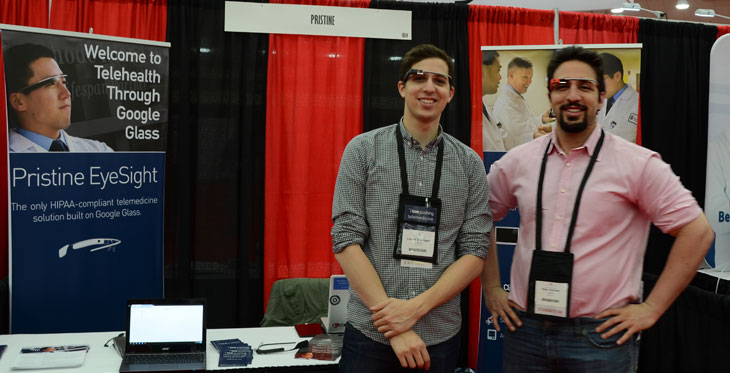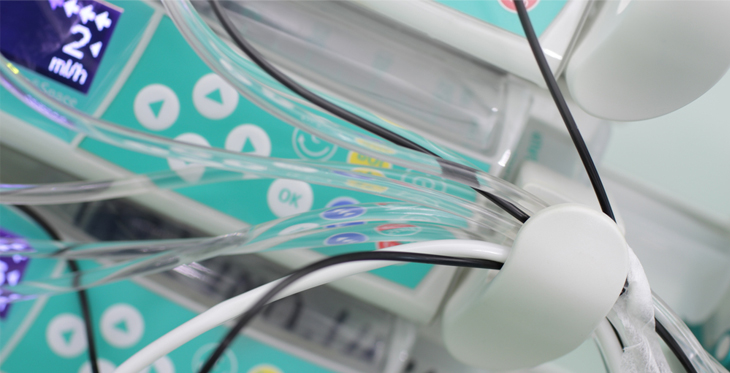The American Telemedicine Association’s annual trade show is touted as “the world’s largest” for telemedicine, telehealth and mhealth products and services.
For Janet Major, it’s like a trip to Disneyland.
“There’s just always a lot of really cool stuff: new trends, the latest and the greatest, last year’s latest and greatest upgraded to make it even better,” says Major, the Arizona Telemedicine Program’s associate director for facilities. “So yes, for me it absolutely is like going to Disneyland.”


